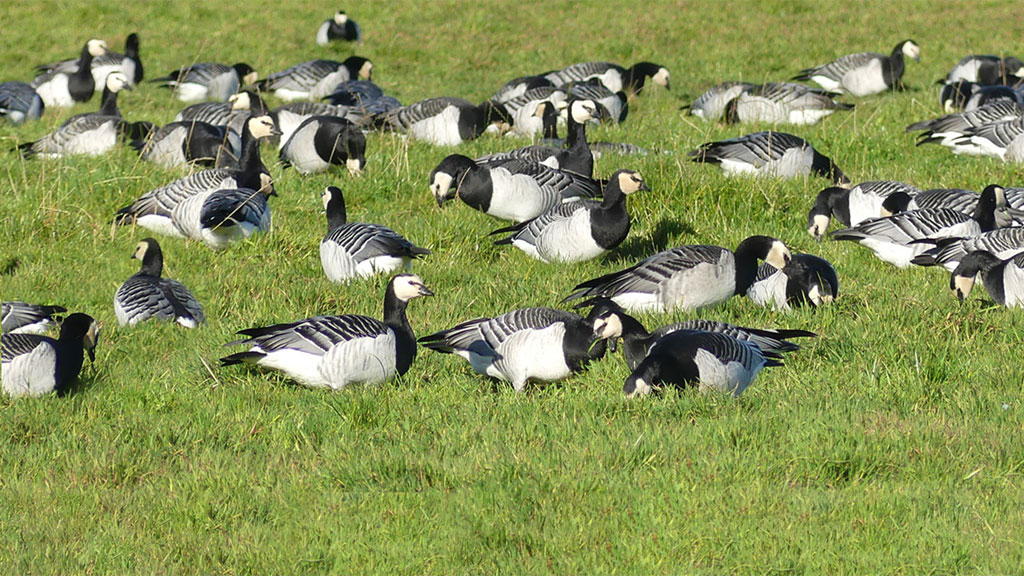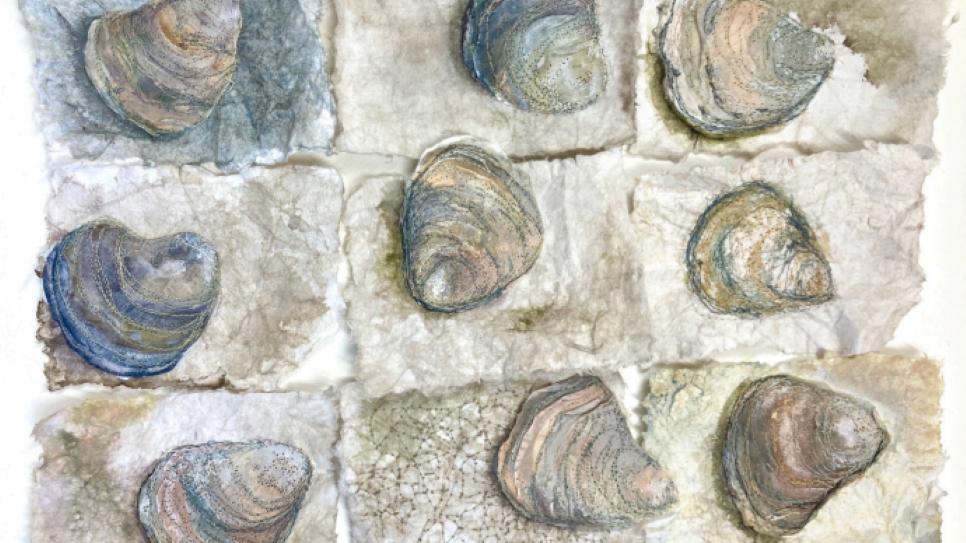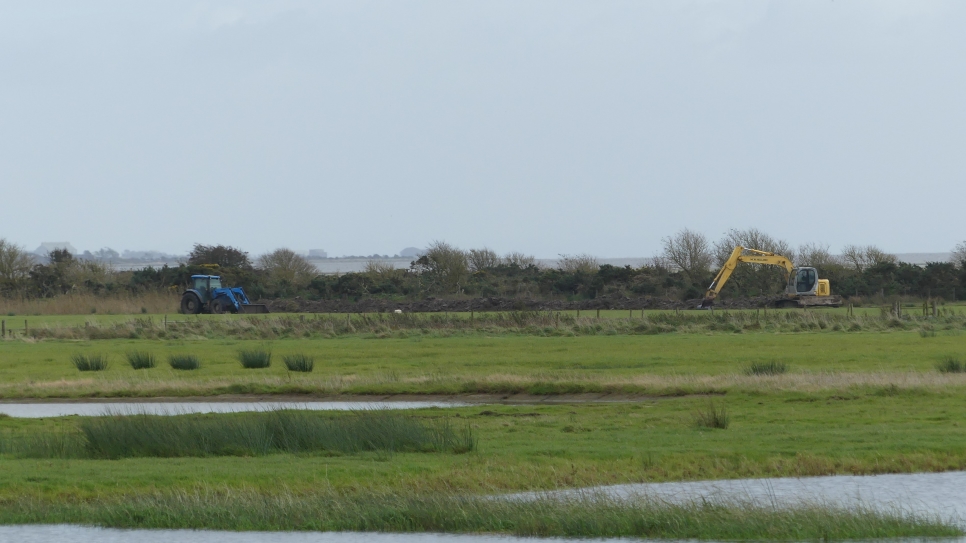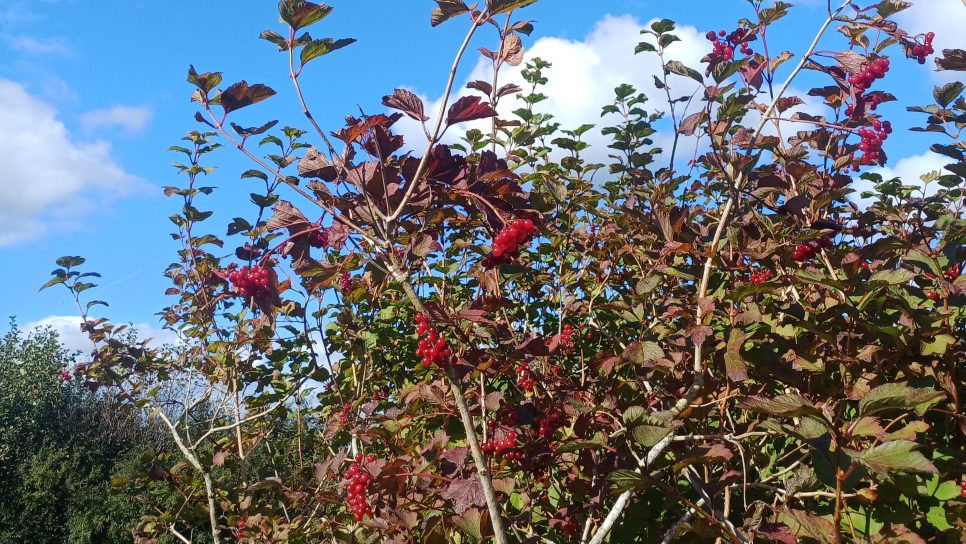Dawn geese by sound and sight
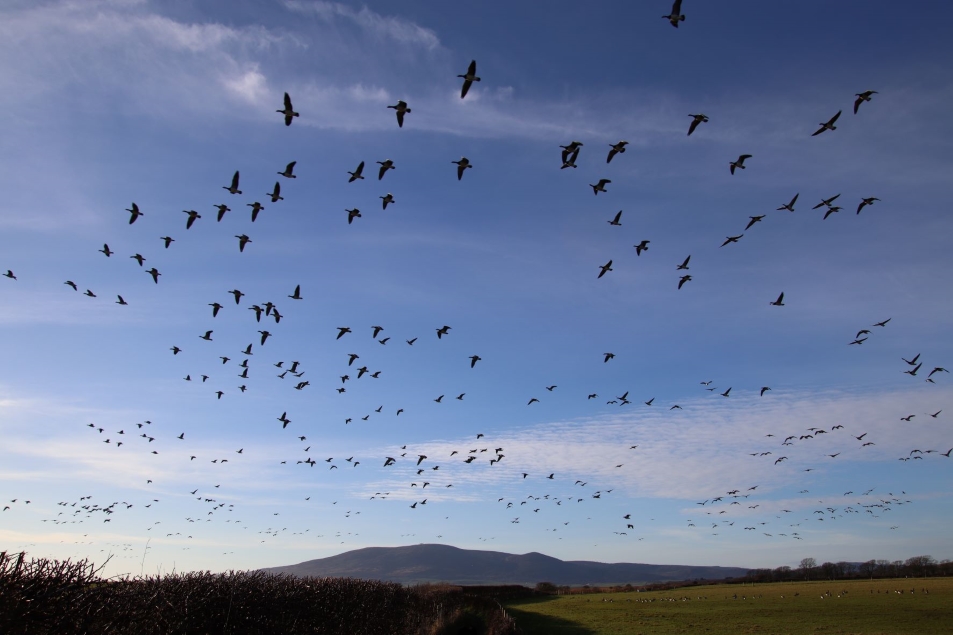
I am standing alone in WWT Caerlaverock’s car park in the dark, well before first light, being gently soaked by a fine drizzle of rain and I wonder if anyone will turn up … and why I am doing this job.
It is a dark Saturday morning and time for a dawn flight guided walk. All the spots are booked up but to be honest, at this time in the morning and in this weather, I, myself, would have second thoughts.
Gradually cars come down the road, headlights glittering in the rain. At kick-off, a full house of visitors has gathered, fully wrapped up – some looking like they are wearing their whole wardrobe! The moment has arrived and we set off to see if we can spot the Solway geese leave their night time roost for breakfast.
As we head down the track to the edge of the saltmarsh, I explain that, at least to start with, this is as much a listening experience as a visual one, and we try to pick out some of the night time bird sounds that are all around us. There are plenty out there, all with different voices: anxious teal peeping, cheeky wigeon wolf whistling, whooper swans sounding like the worst pan-pipe orchestra in the world. Our ears tell us that there’s a lot going on out there.
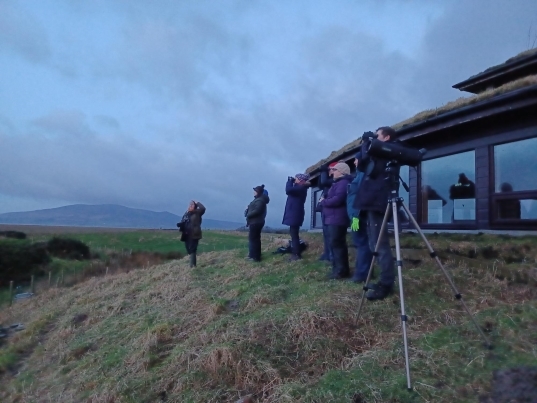
People standing in front of Saltcot Merse Observatory photo credit David Pickett
Once we get to the Saltcot observatory, we line up on the raised mound in front of the hide, just in time to see the sky starting to lighten in the south-east. By a stroke of luck, the mizzle eases and on the light breeze, we can hear a distant burble of geese. In front of us is one of the largest stretches of saltmarsh in Scotland and beyond that, the mighty mudflats of the Solway Firth. These huge expanses of sand and mud make ideal places for the geese to spend the night, safe and undisturbed from people and predators. As the sun rises each day of winter, the geese head off the mudflats onto the fertile fields of Caerlaverock for a day of grass munching. We hope to be in the right place to see them make their commute.
With the light gradually increasing, the noise out in the estuary seems to build. Eyes take over from ears as suddenly a small group of geese appear out of the gloom heading west – pinkies (pink-footed geese) judging by the high pitched winking calls. More and more small groups of geese start heading off the estuary in all directions: more pinkies winking and then greylags making a deeper, courser honk; Canada geese honking like an old fashioned car horn and barnacle geese, the Solway speciality, yapping like excited terriers.
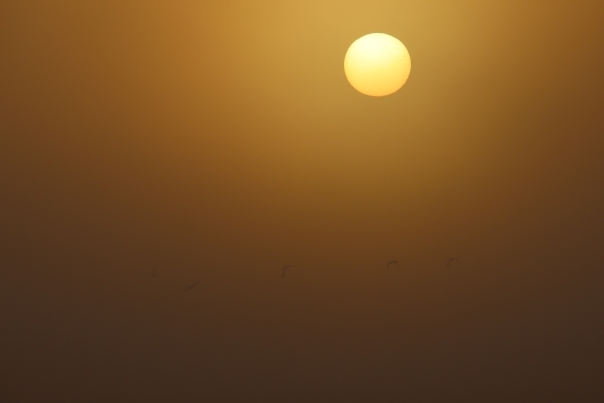
Geese with morning sun photo credit David Pickett
With the sun peeping over the horizon and breakfast beckoning, there is a sudden, brief moment of silence followed by distant thunder as a group of what must be hundreds of individuals lift off. This morning, many of the flocks are heading west towards the mouth of the Nith but some are coming almost right over us, giving us a close view of at least a few members of this winter wildlife spectacle. Finally, when full light is restored and another day is under way, the last geese leave the mudflats, to be replaced by daytime users: the waders and waterfowl. Breakfast time for everyone, including us.
We wander back to the visitor centre, struggling to get cold, stiff limbs going again. We admire the winter thrushes flying into mature hedges to tuck into the hawthorn berries as we meander. Once there, it is a chance to sit down with hands round a good cup of coffee and to process what a winter first light experience is at WWT Caerlaverock. I think that maybe I will stick at the job for a bit longer.
